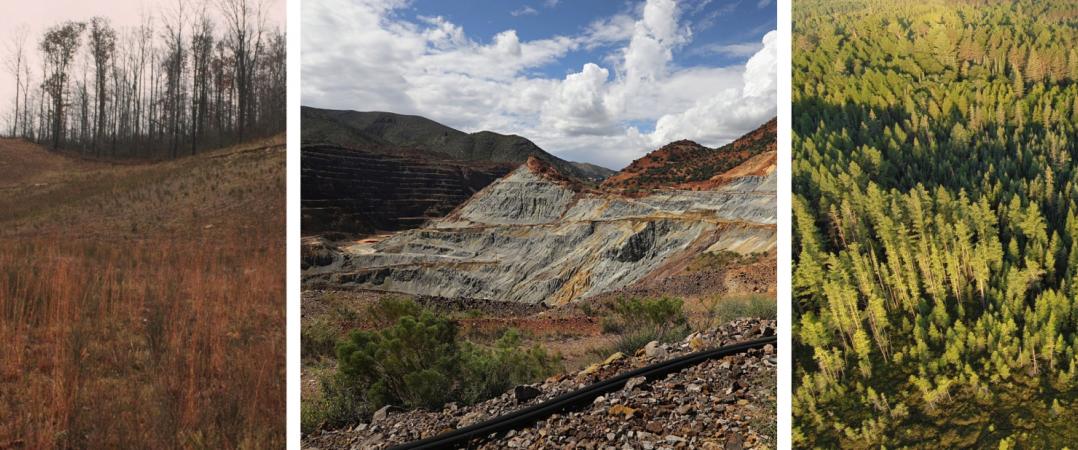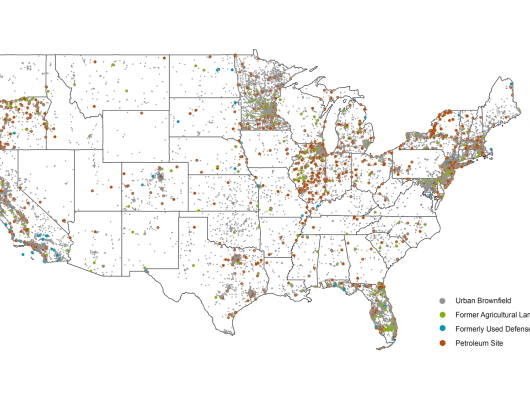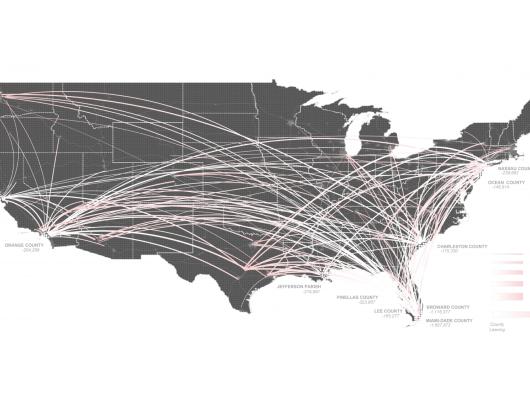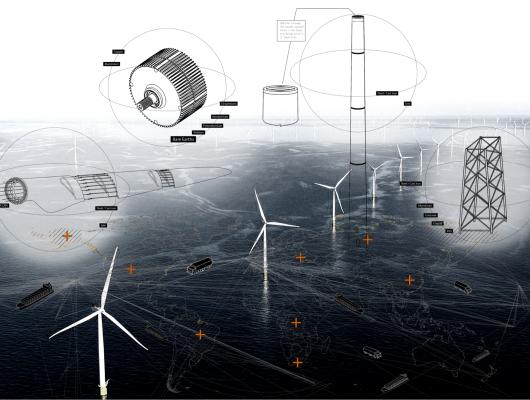Carbon Sinks on Abandoned Lands
Thousands of hazardous waste and abandoned sites are dotted throughout the U.S. landscape. They represent a significant remediation challenge, but also the potential of other ecological and community benefits. This research project considers abandoned land’s carbon storage potential, investigating the contribution that a beneficial reuse of the nation’s hazardous waste and abandoned sites for carbon storage could have, while visualizing the social and ecological benefits of such a strategy. It entails mapping and describing the variety of abandoned land typologies, research into remediation and afforestation strategies for these sites, and development of a Landscape Strategy Toolkit that explains their social, ecological, and carbon benefits.



